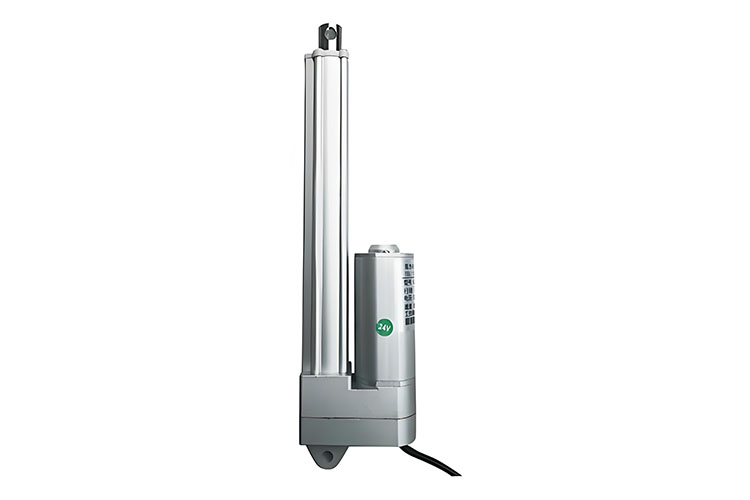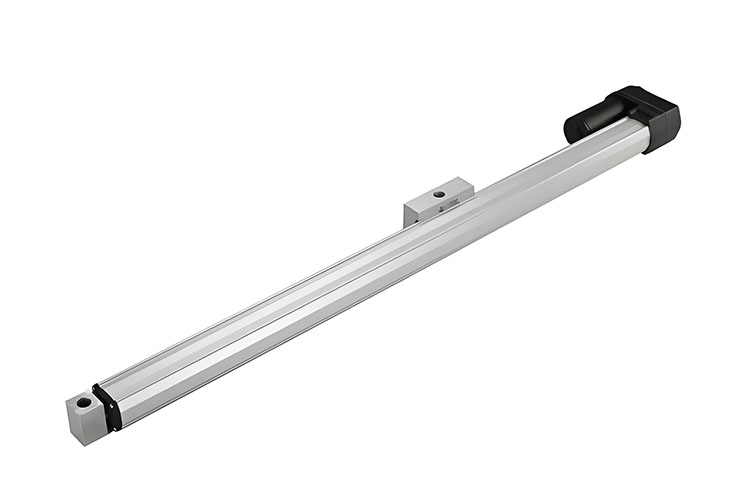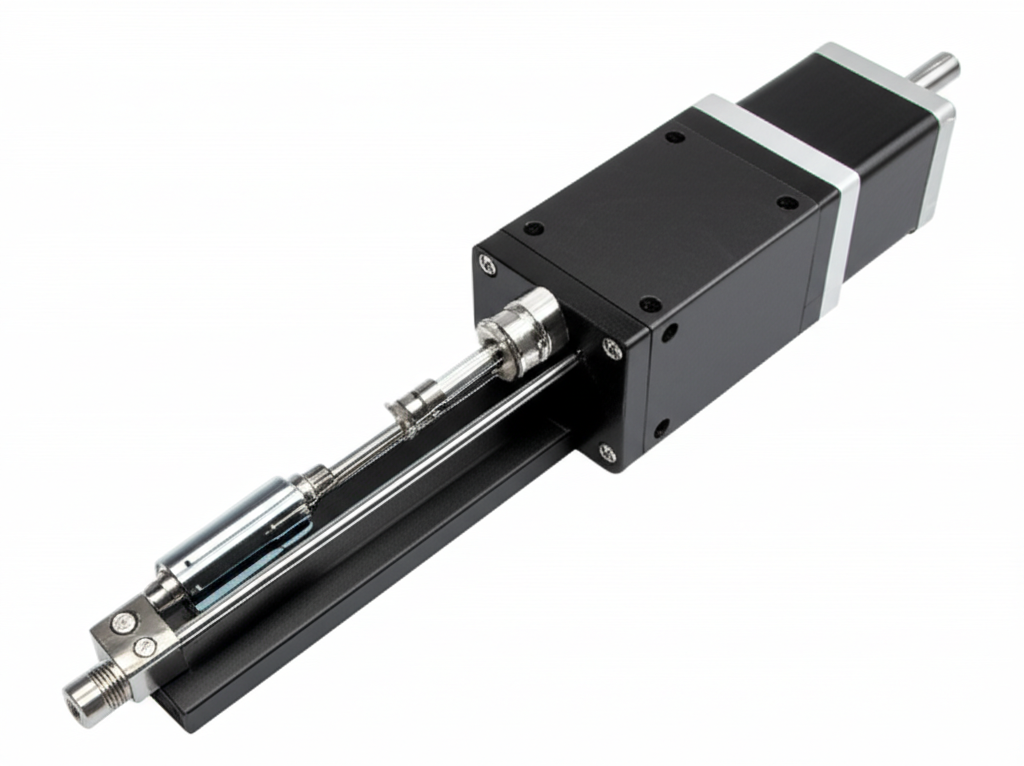Are things moving when they should stay still? Does your bed, desk, lift or machine creep or drift when you turn off the motor? That’s backdriving! Many people use linear actuators every day. You press a button. The actuator moves. It makes things go up, down, out, or in. But sometimes, when force is put on your actuator, it starts to move backwards even though it’s supposed to hold still. This problem is called backdriving. Let’s learn how to stop it, keep safe, and pick the right actuator with help from Jimi Technology!
Why Do We Need To Prevent Backdriving?
Imagine a patient lift going down by itself. A big solar panel changing angle with the wind. A robot dropping a part. Scary, right? Bad things happen:
- Safety hazards: People can get hurt.
- Loss of position: Things end up in the wrong spot.
- Equipment damage: Pieces break or motors burn out.
- Wasted energy: Drifting chews up power.
- Downtime: Machines stop, slowing work.
You need actuators that hold their place and keep everything safe. At Jimi, we’re experts at making sure your machines stay put—no matter what.
What Makes Backdriving Happen?
Backdriving sneaks up for lots of reasons. Here are the big ones:
- Ball screws: Fast, smooth, but easy to backdrive.
- Lead screws (Acme/trapezoidal): Slower, rougher, often self-locking.
- Worm gears: Most are self-locking. The load stays where it should.
- Gearbox type and ratio: Some hold firm, others let things slip.
- External load: Heavy weights can overcome the actuator’s holding strength.
- Vibration or shock: Sudden bumps can break static friction.
- Lubrication and wear: Grease and age can make parts slip.
- Motor holding torque: Some motors don’t keep things still when power is off.
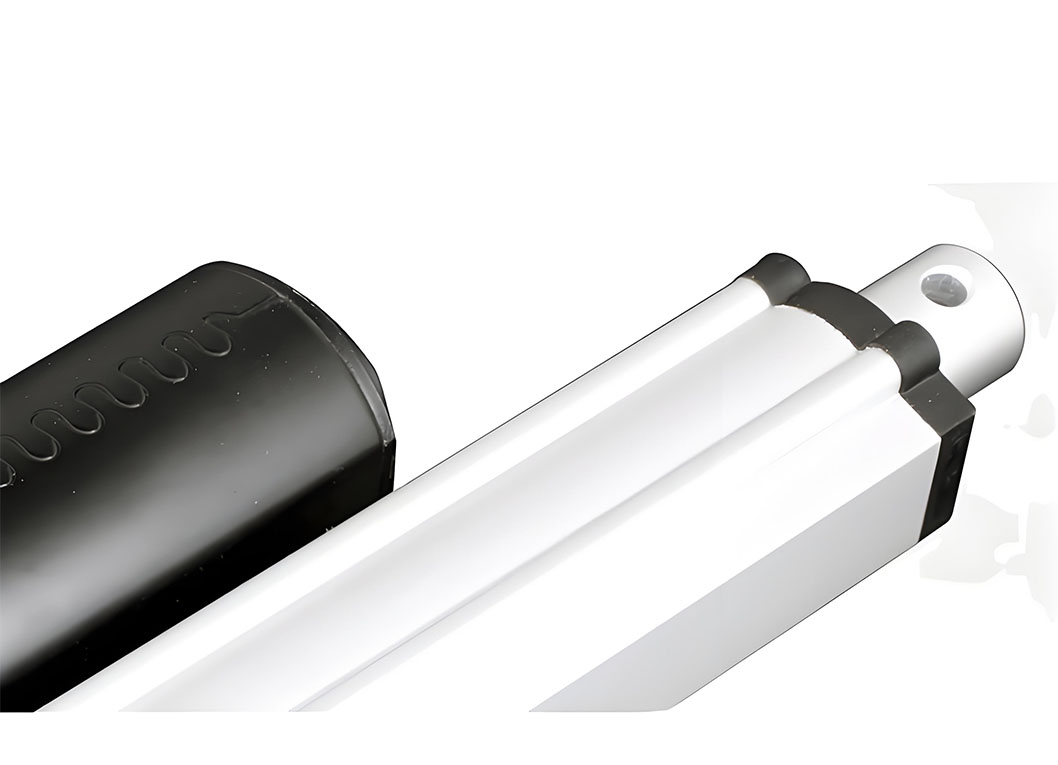
How Do Linear Actuators Work?
It’s easy. You press a button. Electric energy turns to linear motion—things move up, down, in or out. Actuators have:
- Lead screws or ball screws for changing spinning to sliding.
- Gearboxes to change speed and force.
- Brakes and clutches to stop or hold.
But if force turns the screw or gear the wrong way, you get backdriving.
At Jimi, our team of engineers knows just how to design actuators so you don’t have to worry.
Let’s Compare—Which Actuator Stops Backdriving?
| Type | Efficiency | Backdrive Risk | Use | Safety | Price |
|---|---|---|---|---|---|
| Ball Screw Actuator | 80–95% | High | CNC, fast machines | Needs outside brake | Higher |
| Lead Screw Actuator | 20–60% | Low | Furniture, lifts | Can self-lock | Lower |
| Worm Gear Actuator | 30–80% | Very Low | Lifting, solar trackers | Self-locking | Moderate |
| Actuator With Brake | Dependent | Low | Patient lifts, presses | Highest (fail-safe) | Added brake cost |
Reference: Internal Jimi actuator performance tests (2024)
How Can We Stop Backdriving?
Here’s how the experts at Jimi keep things safe:
- Use Self-Locking Mechanisms
- Worm gears: Gears shaped like screws are hard to backdrive.
- Self-locking lead screws: Special threads don’t let forces turn the screw.
- Add Brakes
- Power-off brakes: These lock when the power goes out for safety.
- Dynamic braking: The motor slows fast and holds still.
- External brakes: Extra clamps or pads for strong hold.
- Use Clutches
- Overrunning clutch: Lets motion in one way only.
- Locking clutch: Engages for full stop.
- Mechanical Locks
- Pins, clamps, wedges: Make things stay; used for backup.
- Choose The Right Motor
- Stepper motors: Hold position well.
- Servo motors: Can have built-in brakes or codes to stay put.
- Gear Ratios
- High ratio gears: Make it much harder for force to turn things back.
- Load Management
- Right-size actuator: Pick an actuator that can handle the weight—always!
Explore our range of high-load electric cylinders for extra holding force.
Picking An Actuator That Won’t Backdrive
When you choose an actuator, think about:
- Load Type: Vertical, inclined, heavy, or precise.
- Duty Cycle: How much will it run? Will it sit still a lot?
- Environment: Is it hot, cold, wet, or dusty?
- Safety Needs: Medical, people-lifting, robots, solar trackers.
Always read the manufacturer’s specs, or better yet—talk to the experts at Jimi. We’ll help you choose and even customize to your needs.
Contact our factory direct for expert help.
Real-Life Places You Need To Prevent Backdriving
Wondering where this matters? Here are some examples:
Medical Equipment
- Patient lifts
- Hospital beds
- Surgical tables
Solar Tracking Systems
- Keep panels facing the sun, even in high wind
Industrial Automation
- Conveyors
- Indexing machines
- Assembly lines
Heavy Machinery
- Lifting platforms
- Building site gear
Robotics & UAVs
- Arms
- Grippers
Learn about our solar panel tracking actuators.
How Do You Test An Actuator For Backdriving?
Testing is very important!
- Load testing: Put big weights on it, see if it slips.
- Simulate power failure: Turn off the juice—does it move?
- Long-term stability: Check after thousands of cycles.
Jimi’s actuators are tested to strict global standards. Our labs use load, vibration, temperature, and cycle testing. Our products pass with flying colors!
Meet Jimi: Your Trusted Actuator Expert
At Jimi Technology, we don’t just sell actuators. We design, test, and build them to be safe, smart, and strong. Our products change electricity into reliable linear motion using the best technology:
- Self-locking lead screws and worm gears
- Power-off brakes
- Heavy-duty gearboxes
- Custom precision for every job
We offer help every step—selecting, designing, installing, and maintaining.
Customers love our fast delivery, trusted quality, and expert support.
Shop our electric linear actuators for furniture, medical, and industrial use.
Easy Guide: Preventing Backdriving Checklist
Step 1: Know your load—weight, position, incline.
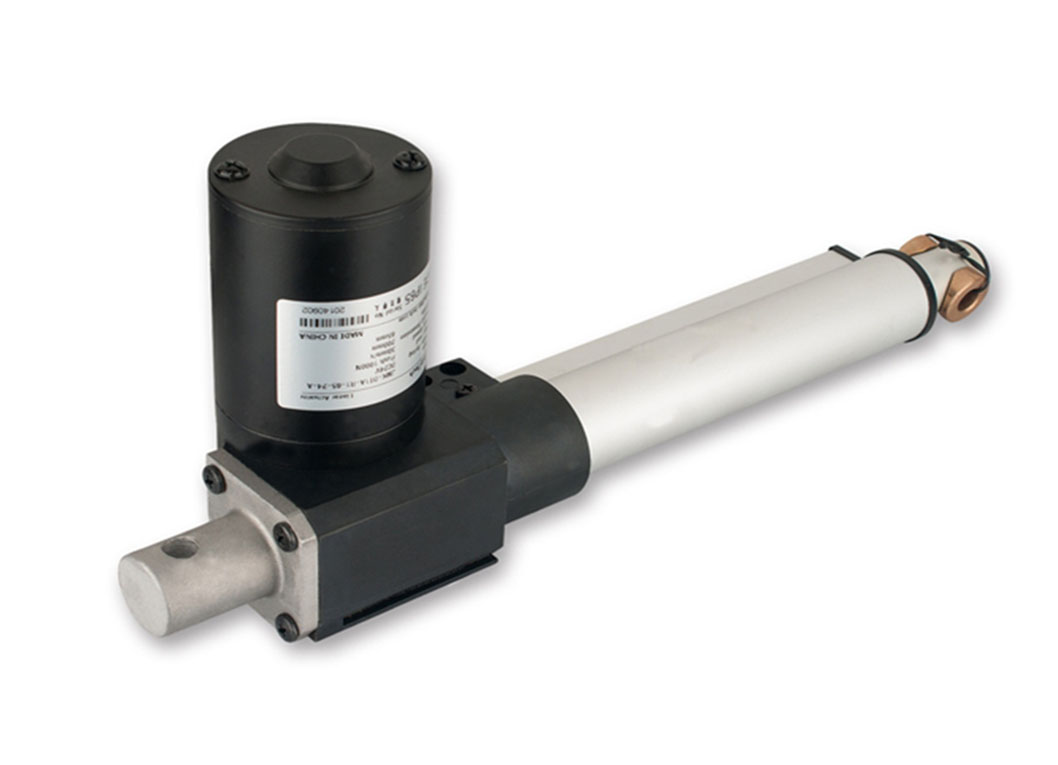
Step 2: Pick the right actuator—ball screw for speed, lead/worm for hold.
Step 3: Add brakes or locks for extra safety.
Step 4: Test your system—simulate power off and overload.
Step 5: Ask Jimi for expert help or custom design.
Table: When Should You Worry About Backdriving?
| Application | Risk Level | Jimi Solution Tip |
|---|---|---|
| Patient lifts, hospital beds | High | Self-locking actuator + brake |
| Solar tracking | Medium | Worm gear actuator |
| Industrial automation | Medium | Lead screw actuator + controller |
| Construction lifting | High | Worm gear with clutch and brake |
| Robots, manipulators | Medium | Servo/stepper actuator + position feedback |
Reference: Jimi Application Case Studies (2023-2024)
Why Choose Jimi for Linear Actuators?
We’re not just another parts provider. We are the authority on actuator safety and performance. Here’s what sets us apart:
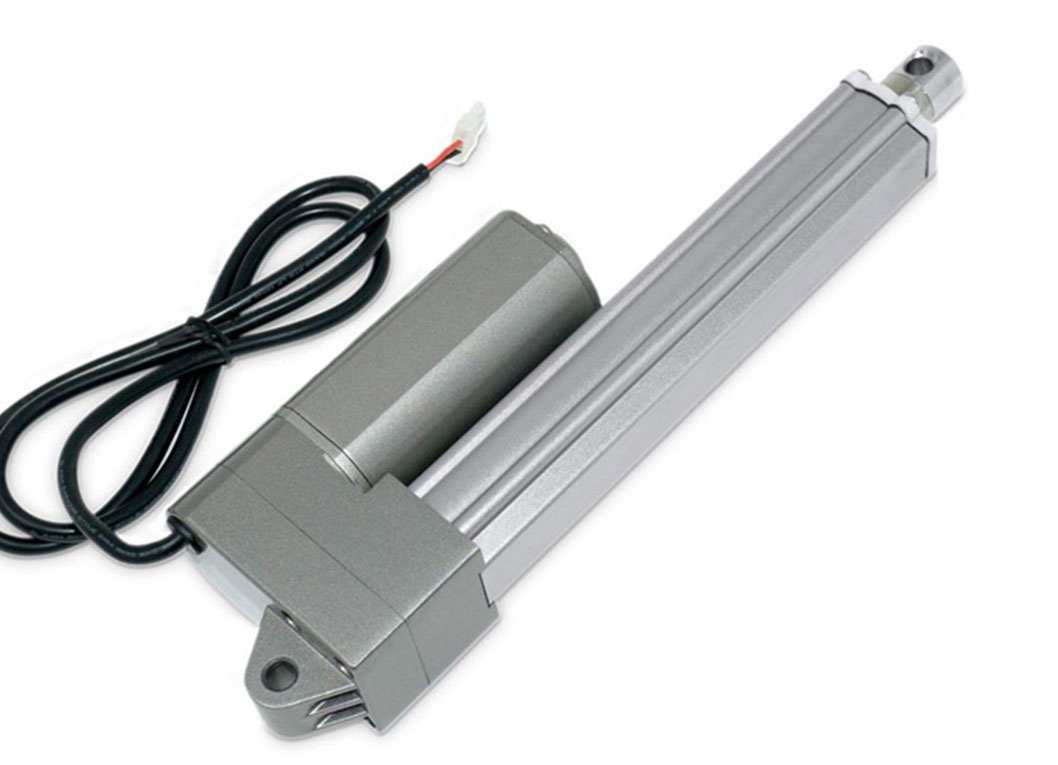
- Expert support: We guide you from start to finish.
- Best components: Only tested, proven designs.
- Global standards: ISO, CE, and more.
- Custom solutions: Every project gets the perfect actuator.
- Full warranty and service.
Let’s solve your actuator backdriving problems today!
Visit our servo motor actuator catalog for ultimate control and holding force.
References
- Jimi Technology Co., Ltd. Internal Testing Reports, 2023-2024.
- China Electric Cylinder Factory
- ISO 9001:2015 Certified Facility Data
- Solar Panel Actuator Reliability Survey, Jimi Tech, 2024.
- Safety Standards for Linear Motion Devices, 2023.
Ready For Safe, Reliable Linear Motion?
Backdriving shouldn’t slow you down or put anyone at risk. With Jimi’s expert design, manufacturing strength, and custom engineering, your actuators will hold strong in any job! Let us make your automation simple, safe, and smart.
Contact us now for a free quote or to talk to our engineers.
Jimi Technology Co., Ltd.—More than sellers. We’re the experts, the makers, the authority. Your actuator is our passion!
Find more solutions for safe automation:



